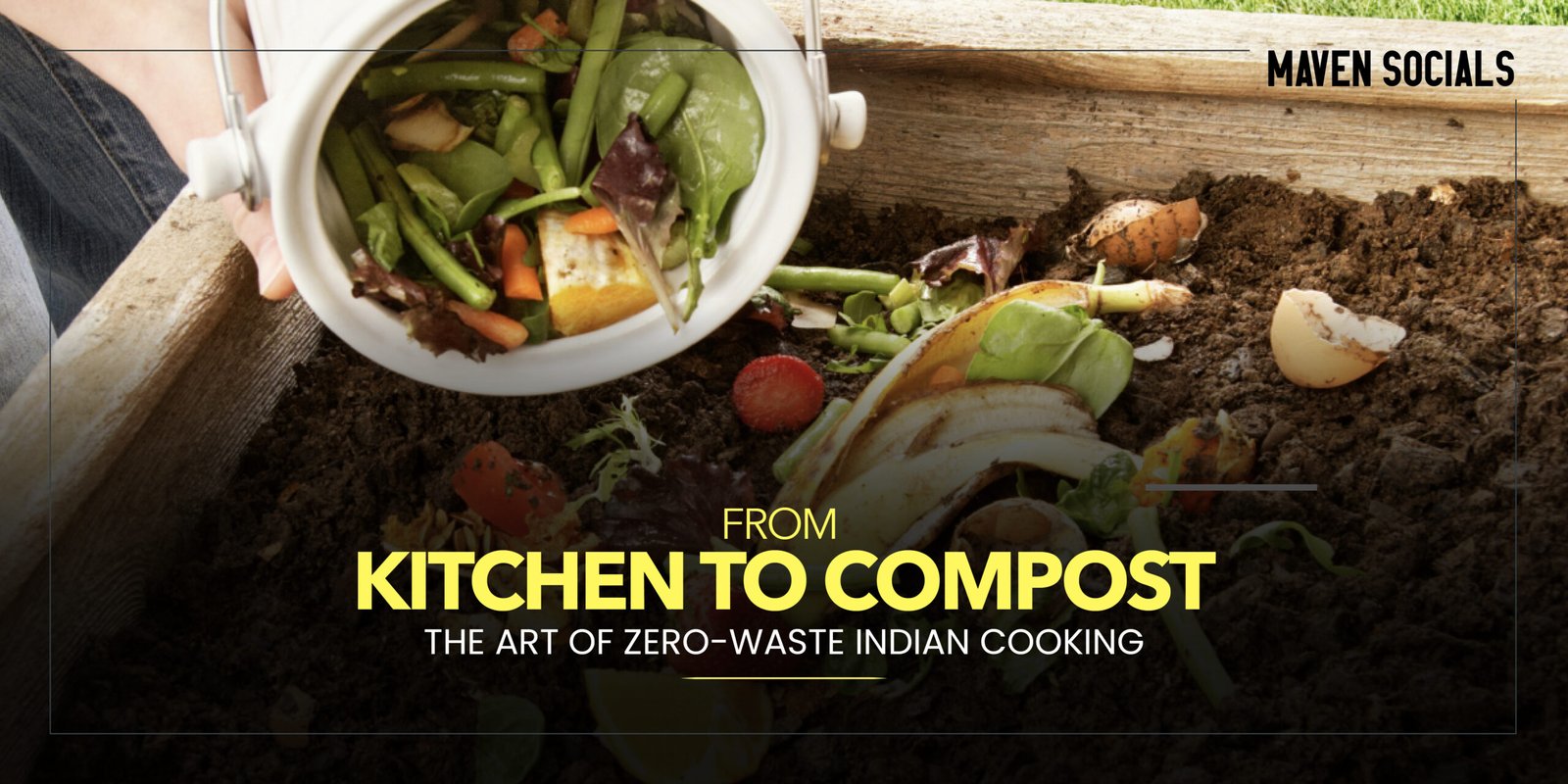In an era where wellness trends come and go like passing seasons, India’s ancient superfruits are experiencing a remarkable renaissance. Amla, Kokum, and Jamun—three powerhouse fruits that have been revered in Ayurvedic medicine for millennia—are now capturing the attention of modern health enthusiasts worldwide. These traditional treasures offer a compelling answer to contemporary health challenges, bridging the gap between ancient wisdom and modern nutritional science.
The Sacred Trinity of Indian Superfruits
Amla: The Crown Jewel of Indian Nutrition
Amla (Phyllanthus emblica), known as the Indian Gooseberry, stands as the undisputed champion among India’s superfruits. This small, tart fruit packs an extraordinary nutritional punch—containing 300-900mg of vitamin C per 100g, which is equivalent to 20 oranges combined. What makes amla truly remarkable is its unique tannin compounds that protect vitamin C from degradation even during processing and cooking.
In Ayurveda, amla is classified as a “Rasayana” or rejuvenator, supporting all three doshas (Vata, Pitta, and Kapha). Modern scientific research has validated these ancient claims, showing that amla’s antioxidants neutralize free radicals, combat skin aging, and promote collagen production. Studies demonstrate that regular amla consumption can reduce LDL cholesterol by 15-25% while improving overall cardiovascular health.
Kokum: The Purple Powerhouse of the Western Ghats
Kokum (Garcinia indica), often called the “Indian butter tree,” thrives in the Western Ghats and has been Ayurveda’s answer to heat-related disorders for centuries. This deep purple fruit is classified as a natural “Pitta-pacifying” agent, making it ideal for managing acidity, inflammation, and skin irritations.
Rich in garcinol, a potent antioxidant compound, kokum offers remarkable cooling properties that make it invaluable during scorching Indian summers. Its therapeutic benefits extend beyond temperature regulation—kokum aids digestion, supports heart health by lowering cholesterol, and acts as a natural weight management aid through its hydroxycitric acid (HCA) content.
Jamun: The Black Beauty with Antidiabetic Powers
Jamun (Syzygium cumini), also known as Indian blackberry or black plum, has emerged as a natural ally in the fight against diabetes. This seasonal fruit boasts a remarkably low glycemic index, meaning it releases sugar slowly into the bloodstream, preventing dangerous blood glucose spikes.
The fruit’s dark purple hue comes from anthocyanins—powerful antioxidants that, along with compounds like jamboline and jambosine, help regulate blood sugar levels and improve insulin sensitivity. Clinical studies have shown that jamun consumption can reduce fasting blood glucose levels significantly, with some research indicating up to 14.36% reduction in hyperglycemic subjects.
Beyond Traditional Boundaries: Modern Applications of Ancient Wisdom
The Science Behind the Superfruit Status
Recent scientific investigations have validated what Ayurvedic practitioners have known for millennia. A 2024 study published in bioRxiv demonstrated that daily dietary supplementation with amla juice increased median survival by up to 200% in stress conditions, showcasing its remarkable antioxidant properties. Similarly, research published in the Asian Pacific Journal of Tropical Biomedicine confirmed jamun’s antidiabetic effects, with both seed and fruit extracts significantly reducing high blood glucose levels.
These findings represent more than mere validation of traditional knowledge—they offer compelling evidence for incorporating these superfruits into modern preventive healthcare strategies.
Contemporary Culinary Innovations
Amla Shots: The Modern Immunity Elixir
Move over expensive immunity supplements—amla shots are becoming the go-to morning ritual for health-conscious individuals. These concentrated doses of vitamin C and antioxidants can be easily prepared at home by blending 6-7 fresh amlas with ginger, turmeric, and a touch of black pepper.
The preparation is remarkably simple: blend fresh amla pieces with ginger and turmeric, strain the mixture, and consume on empty stomach for maximum absorption. For convenience, many are creating frozen amla cubes that can be stored for months and added to water or smoothies as needed.
Kokum Coolers: Nature’s Air Conditioning
Kokum sharbat represents the perfect marriage of tradition and refreshment. This vibrant purple cooler is created by soaking dried kokum overnight, blending it into a paste, and cooking it with jaggery, cumin powder, and black salt to create a concentrate. The result is a naturally cooling beverage that not only beats the heat but also aids digestion and reduces acidity.
Modern variations include adding mint, chat masala, and even soda water to create sophisticated mocktails that rival any commercial summer drink.
Jamun Smoothies: The Diabetic-Friendly Indulgence
Jamun smoothies offer a guilt-free way to satisfy sweet cravings while managing blood sugar levels. The fruit’s natural tartness pairs beautifully with yogurt and mild sweeteners like stevia, creating a refreshing beverage that’s both nutritious and blood-sugar friendly.
Sourcing and Preservation: Making Ancient Wisdom Accessible Year-Round
Understanding Seasonal Availability
Amla season runs from mid-September through December, with peak harvesting occurring in different regions at slightly different times. Kokum is typically harvested from April to June in coastal regions, while jamun is available during monsoon months, particularly from July to September.
Traditional Preservation Methods
India’s rich tradition of food preservation offers multiple strategies for extending the shelf life of these seasonal treasures. Sun drying remains the most effective method, reducing water activity below 0.6 to prevent microbial growth. Amla can be preserved as murabba (sweet preserve), pickles, or dried powder that retains nutritional value for months.
Kokum is traditionally dried and stored as agal (dried kokum rinds), which can be reconstituted throughout the year to make refreshing drinks. These dried rinds maintain their therapeutic properties and can be stored for up to six months when properly dried and stored in airtight containers.
Jamun presents unique preservation challenges due to its high water content, but can be successfully preserved as seed powder, which is particularly valuable for its antidiabetic properties. The seeds, when dried and powdered, can be stored for extended periods and used as a natural supplement.
Modern Storage Solutions
Contemporary storage methods complement traditional techniques beautifully. Freezing fresh amla juice in ice cube trays creates convenient portions that can be stored for months without losing nutritional value. Similarly, kokum concentrate can be prepared in larger batches and refrigerated for up to three weeks or frozen for longer storage.
Health Benefits: Where Ancient Wisdom Meets Modern Medicine
Immunity and Antioxidant Power
The antioxidant capacity of these superfruits is truly remarkable. Amla’s vitamin C content, combined with polyphenols like gallic acid and ellagic acid, provides comprehensive antioxidant protection. Studies show that regular amla consumption enhances immune markers and disease resistance, with some research indicating up to 80% improvement in survival rates during infections.
Kokum’s garcinol content offers potent anti-inflammatory properties that help reduce chronic inflammation—a root cause of many modern diseases. Meanwhile, jamun’s anthocyanins provide cardiovascular protection while supporting healthy blood sugar levels.
Digestive Health and Metabolism
All three fruits offer significant digestive benefits rooted in Ayurvedic principles. Amla stimulates digestive enzyme production and has gastroprotective properties that can help heal gastric ulcers. Kokum’s natural acidity helps balance stomach pH while its cooling properties soothe digestive inflammation.
Jamun’s fiber content supports healthy gut bacteria while its bioactive compounds help regulate metabolism and support weight management.
Lifestyle Disease Management
Perhaps most importantly, these superfruits offer natural solutions to modern lifestyle diseases. Diabetes management is where jamun truly shines, with multiple studies confirming its ability to regulate blood glucose levels and improve insulin sensitivity.
Cardiovascular health benefits from all three fruits, with amla showing particular promise in cholesterol management and blood pressure regulation. Kokum supports heart health through its cholesterol-lowering properties and natural potassium content.
The Future of Ancient Superfruits
Growing Global Recognition
The global superfruit market is increasingly recognizing the potential of Indian varieties. Recent market analyses indicate growing demand for functional fruit juices featuring amla, kokum, and jamun. This trend represents more than just exotic appeal—it reflects a genuine appreciation for scientifically-validated health benefits.
Integration with Modern Lifestyles
The beauty of these ancient superfruits lies in their adaptability to contemporary lifestyles. Whether consumed as morning shots, afternoon coolers, or evening smoothies, they seamlessly integrate into modern wellness routines while maintaining their traditional therapeutic properties.
Meal timing in Ayurveda suggests consuming amla on an empty stomach for optimal absorption, kokum during meals to aid digestion, and jamun as a post-meal treat to help regulate blood sugar. These principles align perfectly with modern understanding of nutrient absorption and metabolic timing.
Sustainable Health Solutions
As healthcare costs continue to rise globally, these superfruits offer sustainable, accessible alternatives to expensive supplements and medications. Their cultivation supports traditional farming communities while providing consumers with affordable, effective health solutions.
Embracing the Revival
The renaissance of amla, kokum, and jamun represents more than a health trend—it’s a return to sustainable, science-backed wellness practices that have stood the test of time. As modern research continues to validate ancient wisdom, these superfruits offer compelling evidence that the most powerful medicines often grow in our own backyards.
By incorporating these traditional Indian superfruits into our daily routines, we’re not just improving our health—we’re participating in a cultural revival that honors our ancestors’ wisdom while embracing scientific validation. Whether through morning amla shots, refreshing kokum coolers, or diabetic-friendly jamun smoothies, these ancient elixirs are proving that sometimes the best path forward leads back to our roots.
The revival of these superfruits isn’t just about nutrition—it’s about reconnecting with a holistic approach to health that views food as medicine, prevention as the best cure, and nature as our most reliable pharmacy. In a world increasingly seeking authentic, effective wellness solutions, India’s ancient superfruits are reclaiming their rightful place as nature’s most powerful health elixirs.
Frequently Asked Questions (FAQs)
What are the health benefits of amla (Indian gooseberry)?
Amla benefits include exceptional vitamin C content (300-900mg per 100g), powerful antioxidant properties, and immunity-boosting effects. Regular amla consumption can reduce LDL cholesterol by 15-25%, improve cardiovascular health, combat skin aging, and promote collagen production. In Ayurveda, amla is classified as a “Rasayana” or rejuvenator that supports all three doshas. Studies show amla juice supplementation can increase survival rates by up to 200% in stress conditions, making it one of India’s most powerful superfruits for overall health and immunity boosting.
How does jamun help manage diabetes naturally?
Jamun for diabetes is highly effective due to its low glycemic index and bioactive compounds like anthocyanins, jamboline, and jambosine. Jamun fruit releases sugar slowly into the bloodstream, preventing blood glucose spikes. Clinical studies show jamun consumption can reduce fasting blood glucose levels by up to 14.36% in hyperglycemic subjects. Both the fruit and jamun seed powder improve insulin sensitivity and regulate blood sugar levels naturally. This antidiabetic fruit is recommended in Ayurvedic medicine as a post-meal treat for optimal blood sugar management.
What is kokum and what are its health benefits?
Kokum (Garcinia indica) is a purple superfruit from India’s Western Ghats, traditionally used in Ayurveda as a “Pitta-pacifying” agent. Kokum benefits include natural cooling properties, digestive support, acidity reduction, and inflammation management. Rich in garcinol (a potent antioxidant), kokum supports heart health by lowering cholesterol and aids weight management through hydroxycitric acid (HCA). Kokum sharbat is a popular summer cooler that beats heat while providing therapeutic benefits. The dried kokum rinds (agal) can be stored for months and used year-round for making refreshing, health-promoting beverages.
How can I preserve and store amla, kokum, and jamun year-round?
Traditional food preservation methods for these Indian superfruits include sun drying, which reduces water activity to prevent microbial growth. Amla can be preserved as murabba (sweet preserve), pickles, dried powder, or frozen as juice cubes. Kokum is dried and stored as agal (dried rinds) for up to six months in airtight containers, maintaining therapeutic properties. Jamun seed powder preserves the fruit’s antidiabetic properties for extended periods. Modern storage includes freezing amla juice in ice cube trays and refrigerating kokum concentrate for up to three weeks, making these seasonal superfruits accessible year-round.
What are the best recipes using amla, kokum, and jamun?
Popular recipes include amla shots (blend 6-7 fresh amlas with ginger, turmeric, and black pepper for an immunity-boosting morning elixir), kokum sharbat (soak dried kokum overnight, blend with jaggery, cumin, and black salt for a cooling summer drink), and jamun smoothies (blend jamun with yogurt and stevia for a diabetic-friendly treat). Amla juice can be consumed on empty stomach for optimal absorption, kokum during meals to aid digestion, and jamun post-meal to regulate blood sugar. These Ayurvedic recipes combine traditional wisdom with modern convenience, making ancient superfruits easy to incorporate into daily wellness routines.













